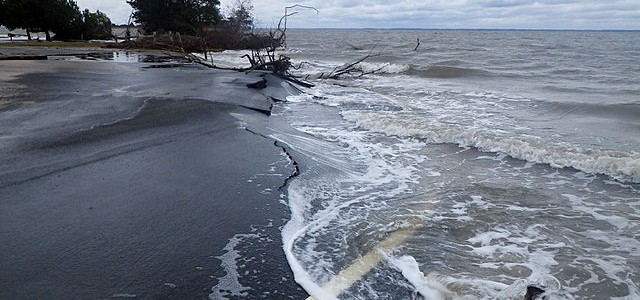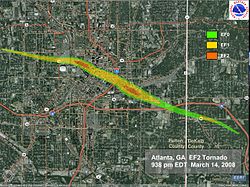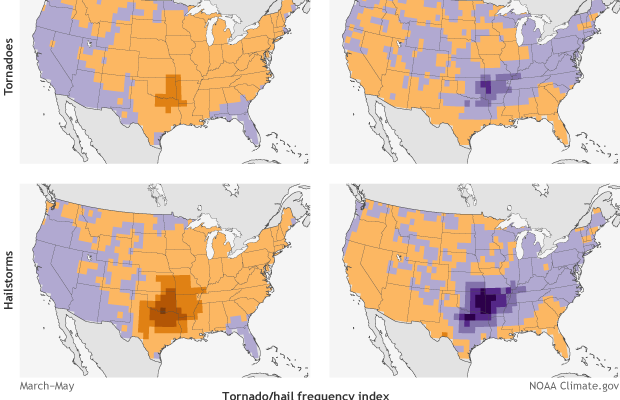Climate and Ag in the news
-

Weather Underground had an interesting analysis of how many record highs and record lows have been recorded at a number of stations across the United States since 2010. The work shows that five times as many record highs have been broken as compared to new record lows. This is not surprising because of the upward…
-

While many people think of the National Flood Insurance Program in terms of helping people affected by inland flooding, it also plays a large role in insuring those who live along the coasts from damage caused by hurricanes and exceptionally high tides. As sea level continues to rise, the NFIP is essentially becoming bankrupt, which…
-

Temperatures were so warm on Sunday in southern Florida that Miami set a new all-time May temperature record today. According to the Miami Herald, “Miami’s high of 98 degrees (on Sunday, May 28) made it the hottest May day recorded in the city, National Weather Service meteorologist Larry Kelly said. That temperature was recorded at…
Posted in: Climate and Ag in the news -

If you are at the beach this holiday weekend, you may have enjoyed a beautiful sunrise or sunset filled with color as the sun touched the horizon. Here is a short article by Dr. Marshall Shepherd in Forbes.com on the science of sunrises that you might find interesting, along with a sunrise picture I took…
-

NOAA’s May Climate Connection newsletter is filled with interesting stories that they have gathered from a variety of sources, including some of their own. I use some of them in this blog but you might be interested in seeing the full list along with some useful resource links at the bottom. Check it out here.
Posted in: Climate and Ag in the news -

Weather Underground has a short but interesting article this week on unusual paths taken by tornadoes. It’s a great idea to keep in mind that tornadoes don’t always move from southwest to northeast, although in many areas that is the most common direction. For example, the Atlanta tornado of March 2008 moved from northwest to…
-

As I pointed out in one of yesterday’s posts, this year is a very active one for tornadoes, and Georgia is leading the pack of all the states in the number that have been experienced so far. Two questions might come to mind–does this mean we will set a new record in the number of…